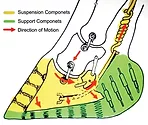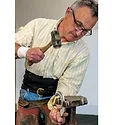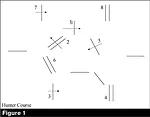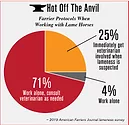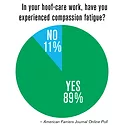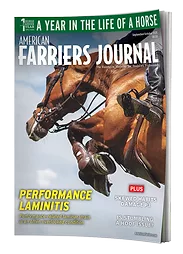Advertise Follow Us
American Farriers Journal

View Archived Issues
December 2020
Volume: 46
Edition: 8
American Farriers Journal is the “hands-on” magazine for professional farriers, equine veterinarians and horse care product and service buyers.
-
Table Of Contents
Table Of Contents
Enhance Healing by Understanding the Mechanical Thought Process in Equine Podiatry
Enhance healing by understanding the influences of trimming and shoeing for therapeutic purposesRead MoreUpper Body Straightness is Key to Jumper Success
Wisconsin farrier relies on rockers and a two-plane approach to trimRead MoreSuccessful Hoof-care Strategies for Off-the-Track Thoroughbreds
IHCS panel shares how they manage the challenges of former racehorsesRead MoreHorsemanship Skills are Key to Handling the Hind Feet
Ohio farrier says slowing down and listening to the horse are key to successfully get into the hind driving positionRead MoreSuturing a Toe Crack After an Abscess
Helping a horse with a severe toe crack relies on weighing decisions throughout the processRead MoreFarrier Influence on Movement has Show Ring Implications
Farrier and competition judge explains the role of trim and shoe selection on performance outcomes for hunters and jumpersRead MoreTips for Identifying and Managing Compassion Fatigue
Emotional highs and lows of caring for clients’ horses can take a tollRead MoreEquine Reciprocating SystemsHoof Trim has Varied Effects on the Equine Forelimb
Demonstrations and real-life examples challenge farriers to think about their approach to solving foot problemsRead MoreResearch Journal: December 2020
The information, ideas and opinions expressed are those of the author and do not necessarily represent those of the United States Department of Agriculture.Read More -
Featured Articles
Featured Articles
Upper Body Straightness is Key to Jumper Success
Wisconsin farrier relies on rockers and a two-plane approach to trimRead MoreHorsemanship Skills are Key to Handling the Hind Feet
Ohio farrier says slowing down and listening to the horse are key to successfully get into the hind driving positionRead MoreSuturing a Toe Crack After an Abscess
Helping a horse with a severe toe crack relies on weighing decisions throughout the processRead More - Digital Edition
-
Online Extras
Online Extras



